Thinning hair can shake your confidence. Maybe your ponytail feels smaller, or you see more shedding in the shower. A dietary supplement for hair growth can help when hair struggles tie back to nutrition gaps or mild hormone shifts. These products combine vitamins, minerals, and botanicals that support hair from the inside.
Here is the realistic part. Supplements are most helpful when you fix what your body is missing. They do not replace medical care, and they need time. Expect early changes in a couple of months, not days.
This guide breaks down when supplements help, the top ingredients, how to choose a safe product, and what results to expect. You will also get simple habits that speed progress and signs it is time to see a skin doctor.
How a Dietary Supplement for Hair Growth Supports Your Strands
Why Hair Thins: Nutrition, stress, and hormones
Common drivers include low protein, low iron, low zinc, low vitamin D, high stress, thyroid issues, PCOS, postpartum shifts, tight hairstyles, and harsh chemical treatments. Crash diets and illness can trigger heavy shedding. If nutrition is the main problem, the right supplement can fill key gaps and steady the growth cycle. Pair that with better meals and gentle hair care for the best shot at recovery. Small daily habits add up, even when change feels slow.
Hair growth cycle explained in plain language
Hair moves through three phases: a growth phase, a short rest, then a shed. On average, hair grows about half an inch per month. Since follicles work on a cycle, improvements show with a delay. You may notice early signs after 2 to 3 months, with fuller results by 3 to 6 months. This timeline applies to any dietary supplement for hair growth, so patience and consistency matter.
When supplements help most
Clues that point to nutrition gaps include brittle hair, weak or peeling nails, fatigue, frequent shedding after illness or stress, a limited diet, or recent crash dieting. If these ring true, ask a doctor about simple labs: ferritin, vitamin D, B12, and thyroid panels. This helps target the right nutrients. Keep advice general, start with food, and use supplements to backfill what you cannot reach with meals.
What supplements cannot fix
Some hair issues need medical care, not over-the-counter pills. Scarring alopecia, severe hormone-driven loss, chemotherapy-related loss, or active scalp diseases will not respond to vitamins alone. In those cases, a dermatologist should guide treatment. For others, combine smart habits with topical options, like minoxidil, if recommended. Sudden or patchy loss is a red flag and deserves prompt evaluation.
Best Ingredients in a Dietary Supplement for Hair Growth
Biotin and B vitamins: Helpful or hype?
True biotin deficiency is rare, yet low intake can show up as brittle hair and nails. Typical daily intake is about 30 mcg. Very high doses can skew certain lab tests, so avoid mega amounts unless advised. B12 and folate support rapid cell growth in the hair root, especially if you eat little animal protein. A balanced B-complex can help if your diet falls short. Vitamin D is often low in shedding, but testing first helps you dial in the right dose.
Collagen, protein, and amino acids: Building blocks
Hair is mostly protein. Aim for enough protein daily, about 0.8 to 1.0 grams per kilogram body weight from food. Many people fall short at breakfast, so add eggs, Greek yogurt, or tofu. Collagen peptides, around 2.5 to 10 grams per day, supply glycine and proline, which support keratin. Vitamin C helps your body use collagen well. Keep it food-first, then use powders or capsules to fill gaps.
Iron, zinc, and selenium: Small minerals, big impact
Iron is central for healthy growth, but only supplement after testing. Too much iron can harm the liver and gut. Zinc supports hair and scalp health, with typical daily intake around 8 to 11 mg. Do not exceed 40 mg unless advised, since high zinc can lower copper. Selenium backs antioxidant enzymes, with 55 mcg per day as a standard target. Avoid doses above 400 mcg. Low ferritin often shows up in shedding, so labs guide safe dosing.
Saw palmetto and pumpkin seed oil: Support for DHT
These botanicals may help people with hormone-related thinning by gently lowering DHT activity at the follicle level. Typical amounts used in studies include saw palmetto around 320 mg per day and pumpkin seed oil around 400 mg per day. Evidence is mixed, and results vary by person. Avoid during pregnancy or breastfeeding. Think of these as supportive tools you can pair with nutrition and topical treatments for a broader plan.
How to Choose and Use a Hair Growth Supplement Safely
Read the label like a pro
Look for clear per-serving amounts rather than proprietary blends. Skip megadoses of biotin and vitamin A that raise risk without better results. Match doses to research ranges, not hype. Choose gentle mineral forms when possible, such as iron bisglycinate or zinc picolinate. Fewer, well-dosed ingredients beat a long list with tiny, ineffective amounts. Quality labels show thought and restraint.
Quality and safety matter
Seek third-party testing seals like USP, NSF, or Informed Choice. These programs check purity and label accuracy. Review allergen statements and look for heavy metal testing, especially in marine-based products. Brands that share certificates of analysis show transparency. A dietary supplement for hair growth should fit your diet, health status, and budget, not just flashy claims.
When and how to take it
Take fat-soluble vitamins with a meal that has some fat. Iron absorbs best away from coffee, tea, and calcium by about 2 hours. Hair grows slowly, so consistency is key. Set a 12-week check-in with photos and notes on shedding and new growth. If you stack products, avoid doubling the same nutrient. For example, do not combine a multivitamin with a hair formula that replicates the same minerals.
Who should ask a doctor first
Some people need a quick safety check. This includes those who are pregnant or breastfeeding, teens, anyone on blood thinners or thyroid meds, and people with kidney or liver disease. Those with a history of nutrient toxicity also need guidance. Get labs before taking iron or high-dose vitamin D. A short review with a clinician can prevent interactions and help you pick the right formula.
Results, Side Effects, and Everyday Habits That Boost Growth
How long it takes to see results
Set a simple timeline. Weeks 0 to 4, shedding may steady and scalp feels calmer. Weeks 8 to 12, look for soft baby hairs along the hairline. Months 3 to 6, see better thickness and shine. Months 6 to 12, results often peak with steady use. Each person is different, so take clear photos in the same light to track progress and spot small wins early.
Possible side effects and how to handle them
Some people notice mild stomach upset, acne with high biotin, nausea with iron, or a headache with certain botanicals. Biotin can affect some lab tests, so tell your clinician if you take it. To reduce issues, lower the dose, take with food, or switch forms. Stop and seek care for rash, chest pain, shortness of breath, or any severe symptom. Your safety comes first.
Food and lifestyle tips for faster hair growth
Build each meal around protein, like chicken, fish, tofu, beans, or eggs. Pair iron-rich foods with vitamin C, for example, steak with bell peppers, or lentils with lemon. Add omega-3s from salmon, sardines, walnuts, or ground flax. Drink plenty of water. Sleep 7 to 9 hours, walk daily, and try breath work for stress. Limit heat tools and tight styles. Keep the scalp clean and massage it a few minutes each day.
When to see a dermatologist or get labs
Get help for sudden or patchy loss, scalp pain or scarring, eyebrow or eyelash loss, or shedding that lasts more than 3 months. Ask about labs for ferritin, vitamin D, thyroid, and B12 to check for correctable gaps. A dermatologist can suggest proven options like topical minoxidil, low-level laser devices, or other therapies that pair well with supplements and nutrition.
Conclusion
Healthy hair grows from a steady base. A dietary supplement for hair growth works best with balanced meals, stress care, and gentle styling. Start simple. Choose a tested product with the right ingredients, take it daily with food, track photos for 12 weeks, and adjust with a pro if needed. Most people see early changes in a few months, with fuller results by 6 to 12 months. Keep your routine consistent, give your follicles time, and let small wins build momentum. Your hair can get stronger, one growth cycle at a time.
Related post:
- How to Remove Unwanted Hair Permanently
- How to Stop Losing Hair
- Does Stress Cause You to Lose Hair?
- How Does Diet Affect Your Hair
Hair Growth Supplements FAQ: What Works and What to Expect
Do hair growth supplements regrow hair?
Supplements can support hair growth if you have a deficiency or poor diet. They do not cure genetic hair loss. They work best as part of a broader plan, like treating scalp issues and managing stress.
Which ingredients have the most evidence?
Look for vitamin D, iron (if deficient), zinc, and omega-3s. Saw palmetto has modest evidence for pattern hair loss in some adults. Marine collagen and amino acids may support hair strength, not new follicle growth. Biotin only helps if you are deficient, which is uncommon.
Will biotin make my hair grow faster?
Not if your biotin level is normal. High-dose biotin is popular, but extra biotin has not shown clear benefits for most people. It can also interfere with lab tests, including heart tests.
How long until I see results?
Hair grows slowly. Expect 3 to 6 months for noticeable change, and 6 to 12 months for full effect. Stop if you see no change after 6 months and review with a clinician.
Can supplements fix genetic hair loss?
No. Androgenetic alopecia needs proven treatments, like topical minoxidil, oral finasteride for men, or spironolactone for some women. Supplements can support hair quality but rarely reverse pattern thinning.
Should I get blood work first?
Yes, if you have sudden shedding, diffuse thinning, or other symptoms. Ask about iron studies, vitamin D, thyroid tests, and B12. Treating a confirmed deficiency helps more than guessing.
Who should consider iron supplements?
People with iron deficiency or low ferritin. Do not take iron unless tested. Too much iron can be harmful.
Can too much of a vitamin cause hair loss?
Yes. Excess vitamin A can trigger shedding. Very high zinc can lower copper and affect hair. Stick to safe upper limits unless your clinician says otherwise.
Are these safe during pregnancy or breastfeeding?
Avoid most hair growth blends in pregnancy and while nursing unless your OB approves. Prenatal vitamins cover common needs. Do not use high-dose vitamin A or herbal DHT blockers.
Do supplements interact with medications?
They can. Saw palmetto may affect hormones and blood thinners. Biotin can skew lab results. Always share your supplement list with your clinician and pharmacist.
What side effects should I watch for?
Stomach upset, nausea, or headaches are common. Allergic reactions can occur, especially with marine collagen or fish oil. Stop and seek care if you get a rash, swelling, or breathing trouble.
Do gummies work as well as capsules?
They can, if the doses match the label. Gummies often have lower amounts and added sugar. Check the supplement facts panel, not the marketing.
What daily doses are reasonable?
Biotin, 30 mcg meets daily needs, high doses are rarely needed. Vitamin D dosing depends on your level, ask for a test. Zinc, stay near 8 to 11 mg unless advised. Do not self-dose iron.
When should I take them?
Take most vitamins with food to reduce nausea and improve absorption. Split doses if they upset your stomach. Follow the label and your clinician’s advice.
Can I combine supplements with minoxidil or finasteride?
Yes, many people do. Supplements may support hair quality while drugs target the cause. Track changes with photos every 3 months.
Will I shed more at first?
Some treatments, like minoxidil, can cause a brief shed as hairs shift to a growth phase. Supplements alone usually do not cause a shed. If shedding spikes, review your plan.
How do I know it is working?
Watch for fewer hairs in the drain, less scalp showing under bright light, and thicker ponytail diameter. Measure progress with monthly photos in the same lighting.
Are “for women” and “for men” formulas different?
Often, yes. Men’s blends may include higher doses of DHT blockers like saw palmetto. Women’s formulas may avoid these or adjust for pregnancy risk. Read the label and check safety for you.
Can diet alone help hair growth?
A protein-rich, balanced diet helps a lot. Include fish, eggs, legumes, nuts, fruits, and vegetables. Hydration and regular meals support the hair growth cycle.
What should I look for on the label?
Transparent doses, third-party testing, and clear allergen info. Avoid proprietary blends that hide amounts. Look for evidence-based levels, not hype.
When should I skip supplements and see a doctor?
If hair loss is sudden, patchy, painful, or linked to illness, fever, childbirth, new meds, or significant weight loss. Medical causes need diagnosis and targeted treatment.


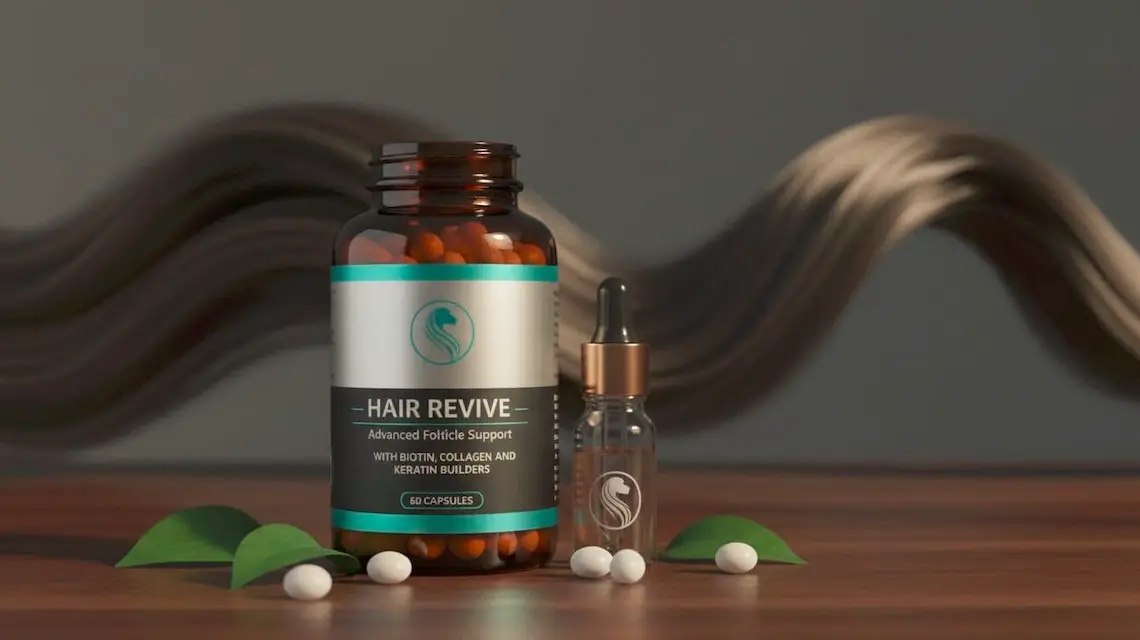
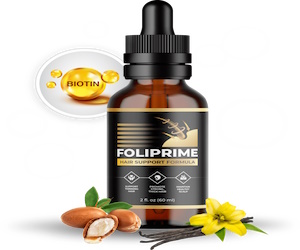
 How To Remove Sun Tan From Hands
How To Remove Sun Tan From Hands 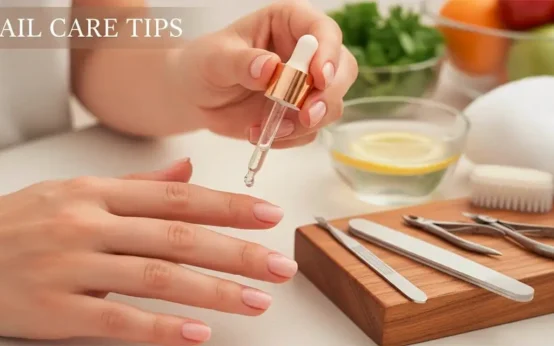 How to Take Care Your Nails
How to Take Care Your Nails 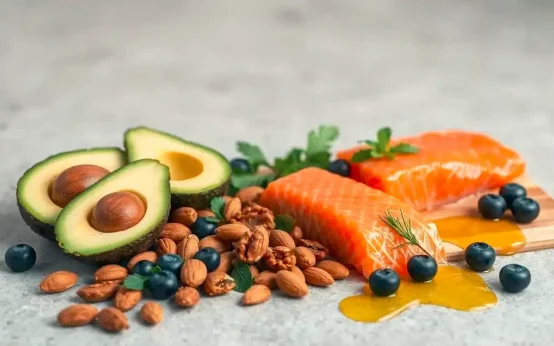 How to Improve Good Cholesterol (HDL)
How to Improve Good Cholesterol (HDL)  Hormone Health Tips for Women
Hormone Health Tips for Women  Heal Dry Damaged Hair: A Simple Plan That Works
Heal Dry Damaged Hair: A Simple Plan That Works 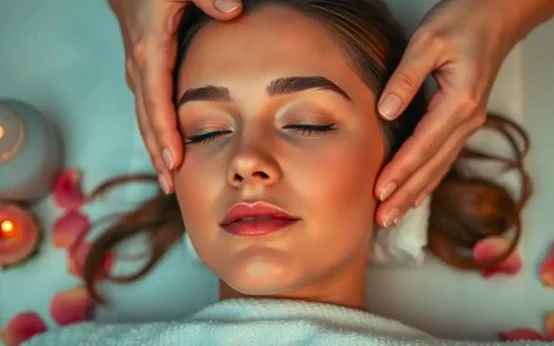 How to Look Much Younger Without Drastic Changes
How to Look Much Younger Without Drastic Changes